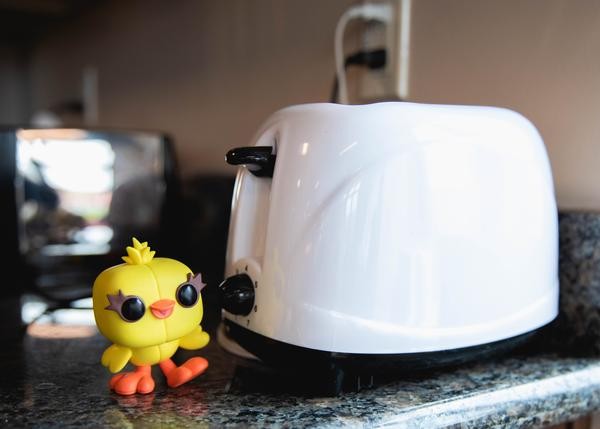
Since Pixar first unleashed a world of imagination with Toy Story in November 1995, the world has learned a poignant lesson: everything has a story. From the humble, battered and beloved toys littered across the floors of children's bedrooms to the ants that march on picnic baskets and discarded scraps of food to the numerous and diverse creatures that occupy the vast oceans of the world, Pixar has taken anthropomorphism to new heights, telling stories that somehow manage to offer observations and insights into the human condition along the way.
Pixar can't be credited with inventing anthropomorphism, which has a history that began long before the animation studio's 1986 founding. The conceit of ascribing human emotions and motivations to non-human beings both animal and inanimate has been a popular storytelling tool for centuries. But the sophistication with which these stories are told has improved dramatically thanks to advancements in the technologies we use to tell these stories, many of which take place beyond the more conventional movie theater setting.
In midsummer 2018, Radiotopia released the first episode of a new podcast titled Everything is Alive. The concept is simple. In each episode producer and host Ian Chillag conducts an unscripted interview with an inanimate object such as a lamppost, pregnancy test, painting or, in the case of the inaugural episode, a can of soda named Louis. In an article titled “The Everything Is Alive Podcast Brings Objects to Life in an Odd, Edifying Way” Vulture breaks the episode down as follows:
“The debut installment, featuring a soda can played by the writer-performer Louis Kornfeld, is the purest embodiment of this idea. (It also remains Everything Is Alive's best episode.) Over the course of an exceedingly polite interview, Chillag and Kornfeld mine considerable pathos from the contrast between the soda can's fundamental hope for fulfilling its purpose (being consumed), its actual biography (largely being forgotten in the back of a refrigerator), and the comfort he now feels being a witness to the world around him. The improvised conversation is awkward, pitched, funny. But the punch comes at the end (spoiler warning): Chillag offers to drink Kornfeld's can in a collaborative act of documentary investigation, which the latter accepts.”
What follows is surreal, macabre and comforting in that Louis is finally fulfilling his purpose but once that purpose has been fulfilled the can of soda known as Louis is no more. The concept of purpose is a major theme throughout the podcast. Most, though not all, of the objects were created for a single specific purpose and each object demonstrates an awareness bordering on pride in this fact. Even the bar of soap named Tara doesn't exhibit any disgust or displeasure at her lot in life. She is what she is. But that doesn't mean she lacks insight. “You thought soap scum was a bad thing but for us that was just a little mark we left on this world as a mark of service,” she tells Chillag. And it's all but impossible to think of soap scum in the same limited terms.
“[The show's] unexpectedness, I think, has almost everything to do with how Chillag gets at the innate melancholia that governs the fate of everyday objects,” Vulture muses. “A soda can, a map post, a pillow: These things are built to be used, to be peripheral details in someone else's life. The conceit of grafting a personality onto these objects seems charming on its face, but the real magic trick lies in the show's move to further lump on a sense of personhood.
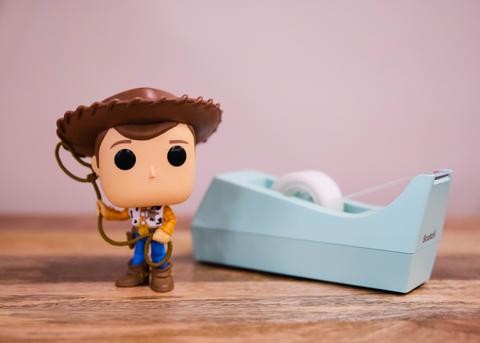
As a producer for NPR, the subject of storytelling—how best to build a compelling narrative and which sources are closest to the heart of the story—is never far from Chillag's mind. Long before he was having conversations with cans of soda and lampposts he would make jokes about how terrible it must be to be a chair—all those derrieres descending ominously toward you, and no choice in the matter whatsoever. But a podcast telling that story would require just the right tone.
After concluding that an object might have a story to tell, Chillag does some research to further confirm there's enough potential subject matter for a compelling conversation. From there producer Jennifer Mills commences the talent hunt, seeking just the right improv actor or comedian to assume the role. When the time comes to choose the person who will embody the role of the can of soda or pillow, Chillag prefers to go against type. He imagines an episode in which he interviews a rainbow with a grumpy, gruff personality and voice and points out that episode 7 featured a grain of sand, potentially raising expectations of a voice that matched the miniature scale of the object. Instead, Chioke the grain of sand has a deep, resonate voice as he meditates on his long life in a world much bigger than himself.
“I don't really experience boredom,” Chioke reveals in his compelling baritone. “All of my existence is observation and reflection … I've noticed humans have a problem with time because it seems to me that boredom reveals a fundamental anxiety humans have about their lives in the first place.”
Everything Is Alive conversations are unscripted, so neither Chillag nor the actor embodying the inanimate object he's interviewing know where the conversation is going to take them. Chillag usually has some idea of how he thinks the conversation will proceed, where he wants to take it and what the emotional arc might be but he acknowledges that he's almost always wrong, usually only asking 20% of the questions he'd originally prepared.
There are failures buried along the way, invisible to listeners making their way through the episodes. It's hard for Chillag not to take these episodes that never quite make it off the ground personally. He knows it's his responsibility to draw out each object's vulnerability and perspective, but also acknowledges the challenge of covering new ground in each episode. Given that several of the objects he's interviewed are single use products, it stands to reason that they would have similar concerns and views about their relationship to the world and the people who use them. Finding the differences between seemingly similar objects is an art form, a dance both delicate and nuanced.
Then there's the relationship between Chillag and the object he's interviewing. The host insists that he wants to do an episode with an object that doesn't like him but admits that previous attempts have come out sounding forced and insincere. The objects around us have a unique opportunity to observe humans at our most vulnerable and authentic. Chillag points out that humans are self-conscious around one another, even altering our behavior around those closest to us. Louis the can of soda might see a side of humanity that we're reluctant to show each other. And that's exactly what happens.
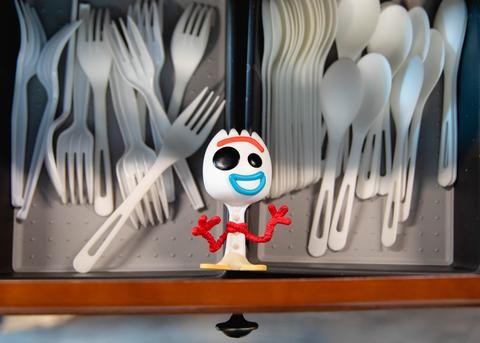
Annie the jack o' lantern muses, “In the pumpkin community there is no hierarchy of body types so there's no desired body type. I think you humans like the tall skinny ones … for us it's just, you grew a different way.” Chioke the grain of sand contemplates his relationship to other grains of sand, considering himself to be part of a larger collective. He discusses how different this is from the human view of identity, stating, “It just seems to me like if you recognized the degree to which you owe your existence to other people you might also be nicer to other people.” And Emmy the pregnancy test reveals an incredible degree of empathy, worrying about the effect the test results will have on the woman who purchases her.
Chillag is reluctant to say that Everything Is Alive has completely redefined his relationship to the world of objects, but he does acknowledge that he's more attuned to the objects around him since embarking on this new adventure in storytelling. “I have learned lessons about being human from the conversations with objects,” he said. “There's a lot of emotion in the pregnancy test episode … there's something about that episode where she is concerned with the people who are going to be using her. I think there's something there about being aware that other people are going through something even if there is nothing on the surface.”
If forced to choose a favorite toy, Toy Story's Andy would likely choose Sheriff Woody but when it comes to the objects he converses with and learns life lessons from, Chillag is reluctant to pick favorites. He admits that he likes different episodes for different reasons but when all is said and done, he says, “I love my objects equally.”



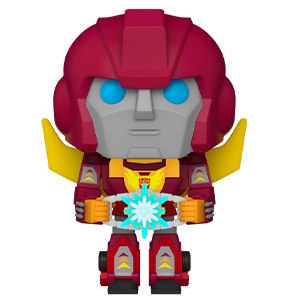
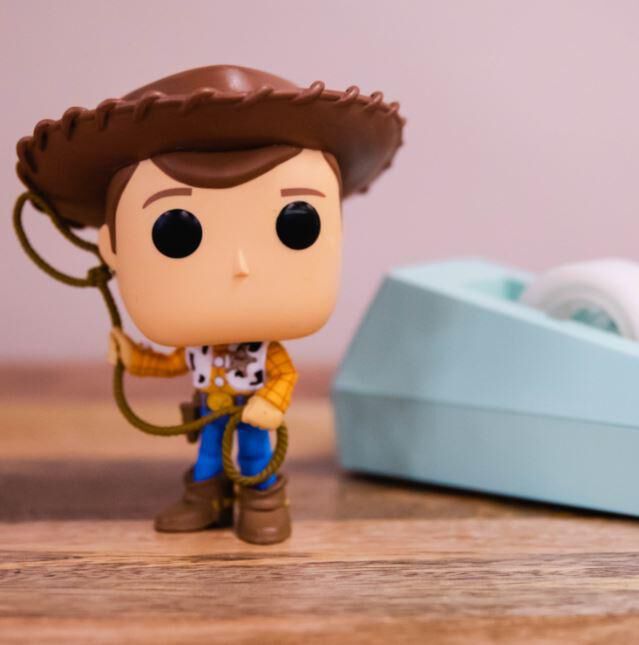
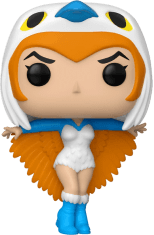

 Items in your cart may be affected with updated location.
Items in your cart may be affected with updated location.




































